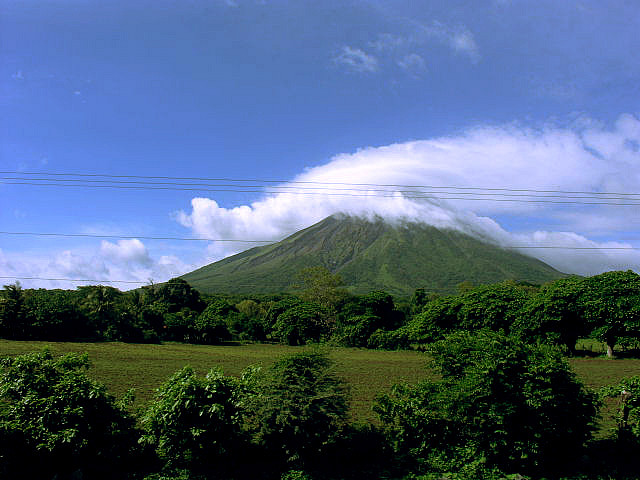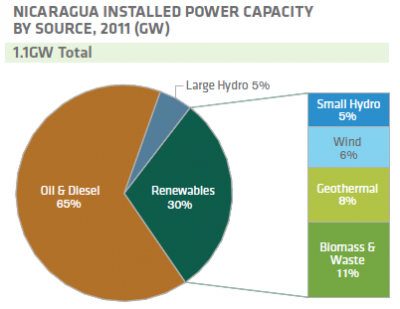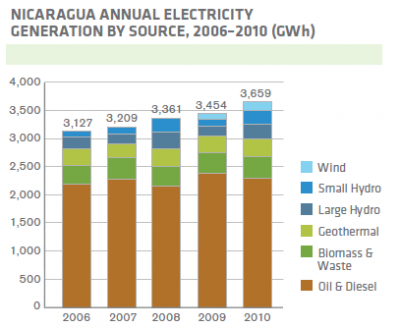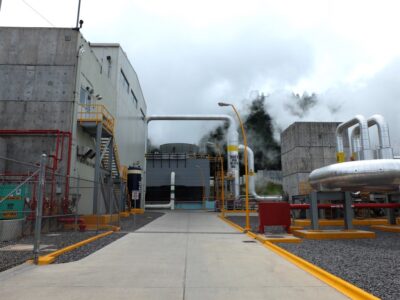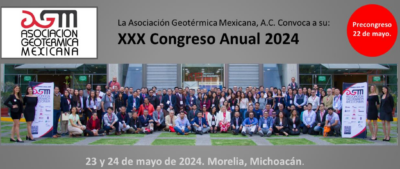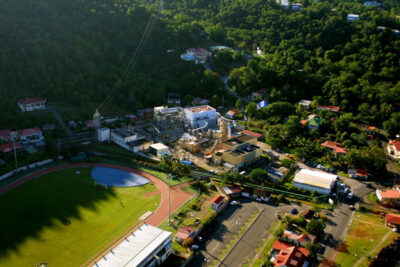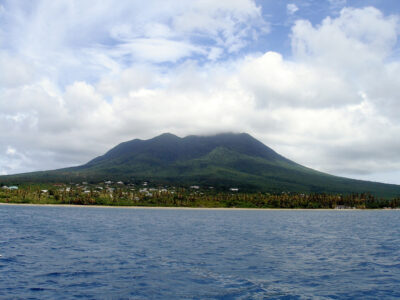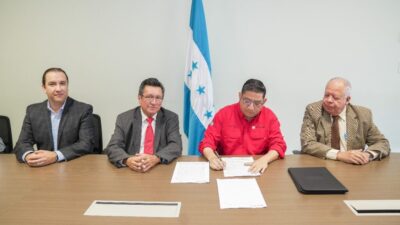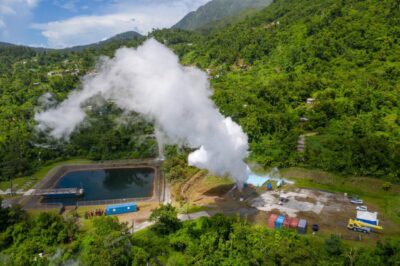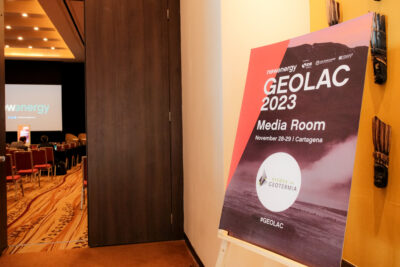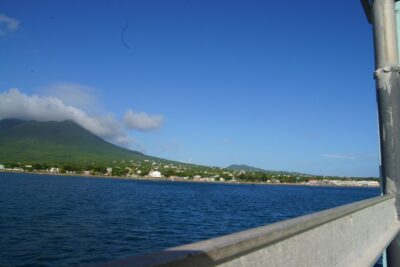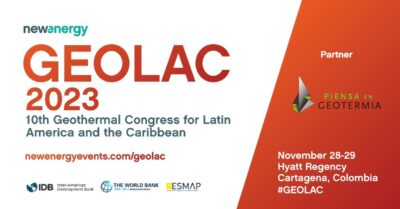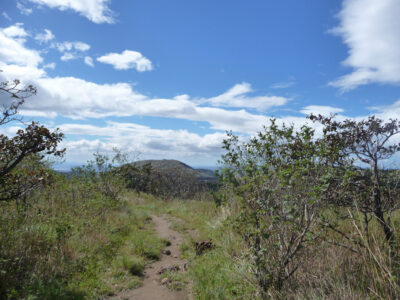Nicaragua and the need to harness geothermal energy
A report carried out by the Multilateral Investment Fund in collaboration with Bloomberg New Energy Finance "Climatescope" analyzes, in 26 countries of Latin America and the Caribbean, the investment climate and evaluates their ability to attract investment.
A report carried out by the Multilateral Investment Fund in collaboration with Bloomberg New Energy Finance that analyzes in 26 countries of Latin America and the Caribbean, the status of a number of criteria, highlighting; stable frameworks that eliminate legal uncertainty, favorable business climate, businesses with low carbon footprint, etc.
“Climatescope” is an index that measures the investment climate and evaluates their ability to attract investment. At the same time, provides a guide for companies and manufacturers interested in developing its technology. For policy makers, aims to create a standard with the ability to measure actual achievement by establishing a set of goals applicable in the future.
The combination of a strong economic growth, exceptional natural resources and a general desire to increase its energy security makes Latin America and the Caribbean an area likely to generate significant growth in the renewable energy sector.
Within this index, Nicaragua ranks second behind Brazil. There have been several reasons but we could note that Nicaragua has the strongest microfinance market, within these 26 countries, with 10 organizations that offer some type of financial products related to the renewable world. The result is obvious in the chart below, from 2006 to 2010 the Nicaraguan market has attracted about U.S. $ 1.1 billion in clean energy investment, highlighting geothermal over other renewables.
Chart Source: Bloomberg New Energy Finance
Geothermal potential
According to the Nicaraguan Energy Institute (INE) the country has a geothermal potential of 1.200 MW divided into 9 areas;
- Casita – San Cristóbal…224 MW
- Telica – El Ñajo…………127 MW
- San Jacinto – Tizate……161 MW
- Hoyo – Monté Galán……148 MW
- Momotombo……………..142 MW
- Managua – Chiltepe…….107 MW
- Tipitapa…………………..18 MW
- Masaya – Mandaime……174 MW
- Ometepe………………….100 MW Total 1.200 MW
Other estimations like the Ministry of Energy and Mines include three more areas (Caldera de Apoyo, Mombacho Volcano and Consiguina Volcano) that in total, come to reach 1.500 MW.
Installed capacity and produced energy
Nicaragua has an installed capacity of 1.1 GW (1.100 MW) and at the end of 2011, geothermal energy meant the 8% of installed capacity. There are two companies operating in the geothermal market, Ormat Motombo Power Company and Polaris Energy Nicaragua SA (Ram Power’s Corporation subsidiary) adding a total installed capacity of 87.50 MW .
Chart Source: Bloomberg New Energy Finance
During 2010 geothermal has had an effective capacity of 36.80 MW (between 2001 and 2010 the effective capacity has never exceeded 40 MW). This is because the Momotombo geothermal plant in the 90’s produced over 70 MW but an overexploitation in the reservoir, brought down their production.
For this plant, in 1999, a PPA was signed between Enel and Ormat with an initial purchase generation price of U.S. $ 0.0458 kWh for 15 years, the lowest cost of all the Nicaraguan market.
At 19:00 on 9th May 2011 the country produced a peak demand of 569.50 MW (the maximum of the year) so we can conclude that Nicaragua could cover their current electricity needs, exclusively with geothermal.
In 2010 was a gross generation of 3,659 GWh of which 1,353 GWh were generated by large hydro and renewables (wind, small hydro, geothermal, biomass and wastes) and 302 GWh belonged to geothermal. This means that 8% of the electricity consumed was provided by geothermal energy.
Chart Source: Bloomberg New Energy Finance
The country face several problems, on one hand, has one of the lowest electrification levels throughout Latin America and on the other hand, the cost of their energy bill undermines the competitiveness of their industry.
The rising prices of fossil fuels together with the dependence on their structure of generation (around 60% comes from diesel and fuel oil power stations) and the potential of geothermal resources makes the compelling need to promote a policy that grants for renewable energy (especially geothermal) a greater prominence role.
The development of favorable policies that have being carried out by the different actors involved makes Nicaragua a country called not only a country 100% renewable, if not in the future has the ability to export electricity to other countries.
Written by A.Ormad
